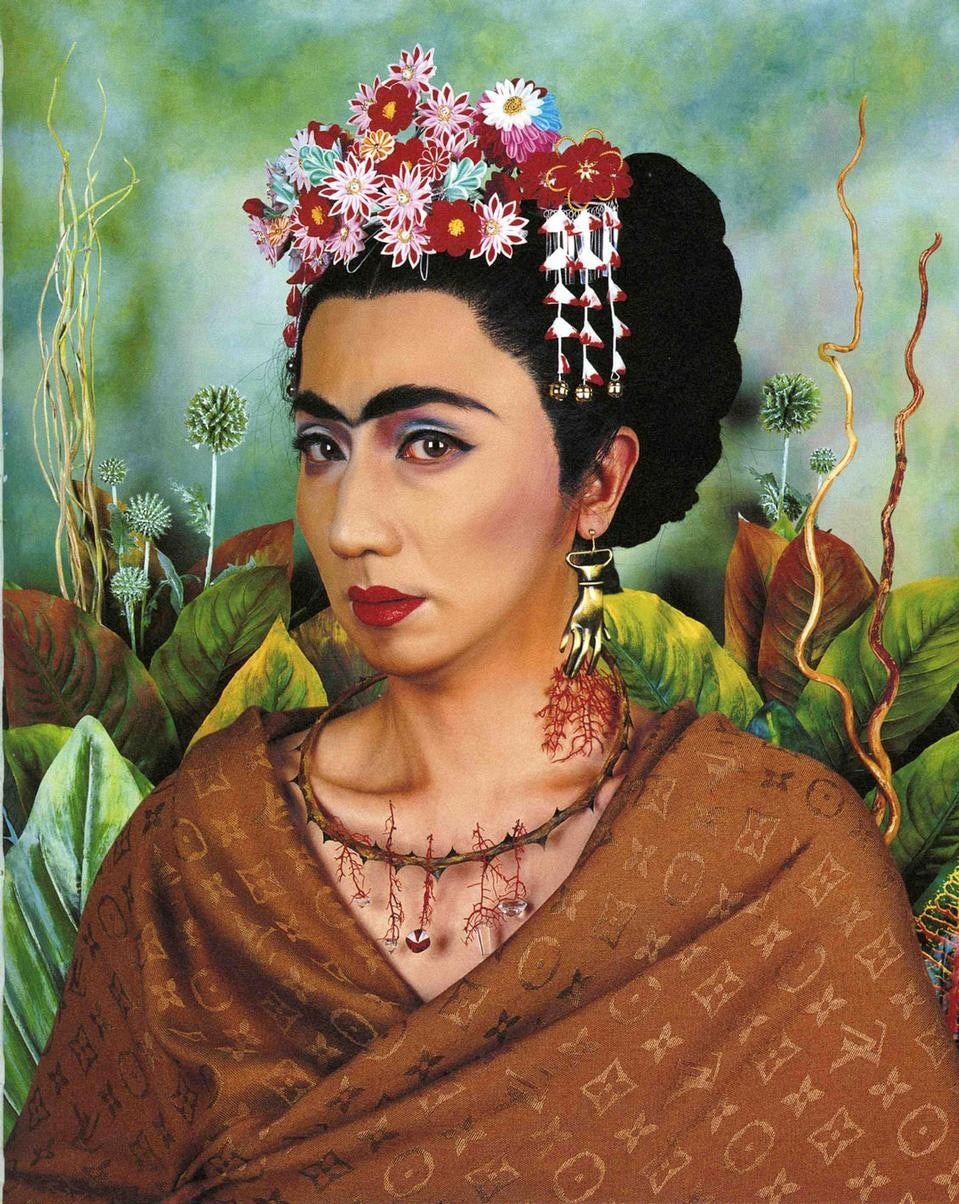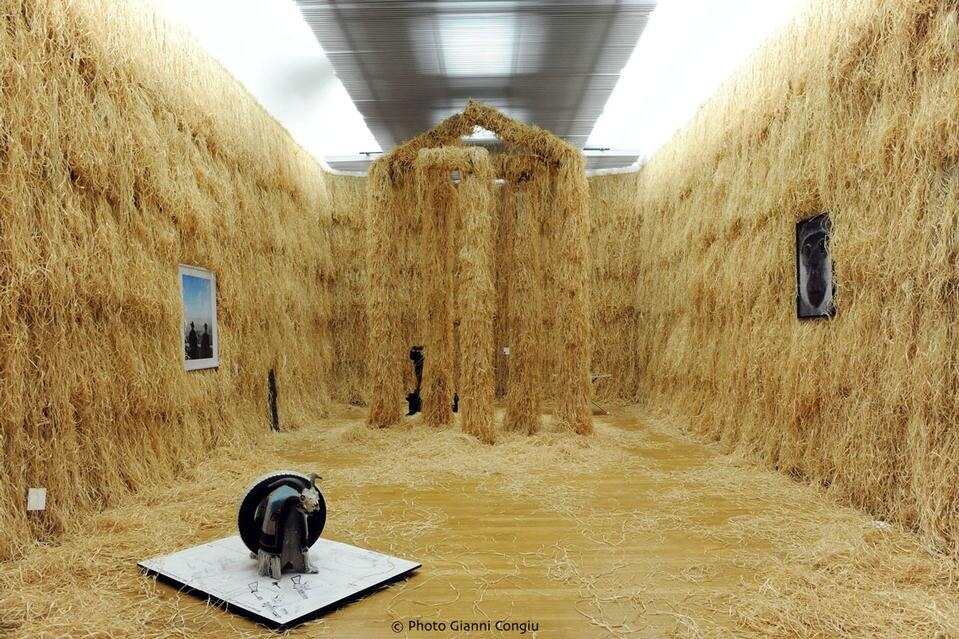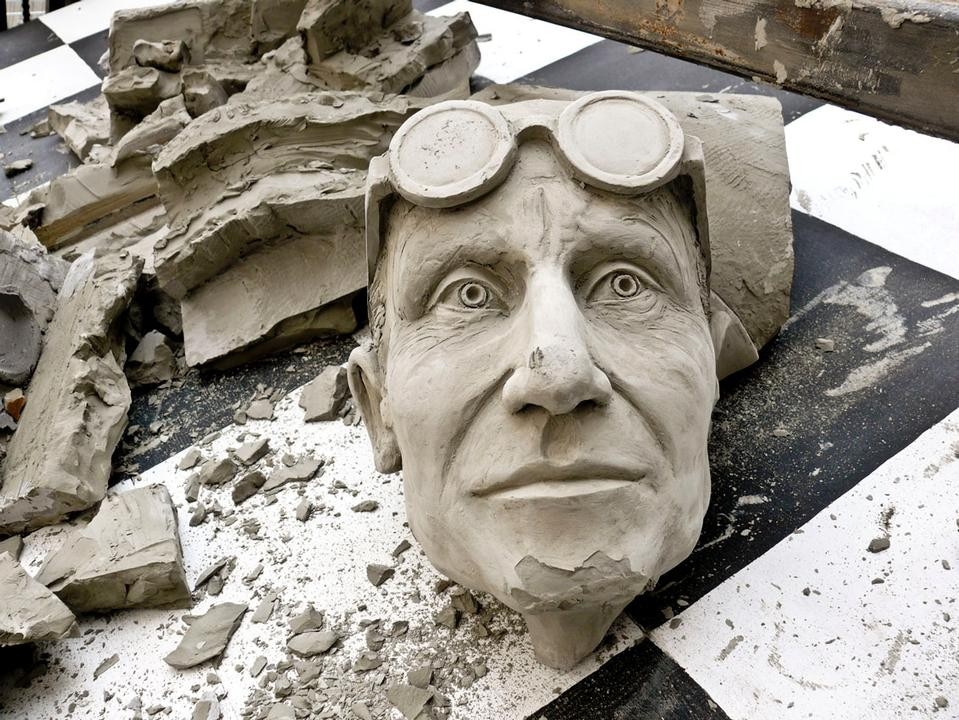GdP: It’s not the first time that the theme of hybrid has been addressed in art, perhaps because it is a “point of view” that is strongly related to our times. The most significant antecedent is the exhibition “Post-human” curated by Jeffrey Deitch at Castello di Rivoli in 1992 that however was centred on the transformation of the body. Here at PAC we have worked rather on the transformation of languages and their interaction. We have tried to develop the theme of hybridisation on a terrain, that of the disciplines, that belongs to Italian reality, unlike that which hosts arguments such as the genetic hybridisation of Dolly the sheep, the changing of the body or the superman, that belongs to nations like America.
FG: We are experiencing a moment of great change because everything has been accelerated since 1993 when Internet set off a mechanism of multiplication of times and spaces. You only have to look at the world of economics, that is experiencing a moment of hybridisation that arises from a process of intersection between different realities, lives of pluri-referentiality. Virgin is a good example: it is a brand that manages to sell MP3s, domestic or inter-continental flights and at the same time a coloured drink. The stratifying of contemporary culture somehow produces connections that are often unexpected and in turn produce a kind of cordless phone of information, from which a work generates a theme and then this theme is reinterpreted in another vein that takes it somewhere else. So thoughts unravel from a work of art that we also slightly lose control of. This is the process we have established with the catalogue for the exhibition.
Let’s go back to the thinking more specifically connected to your exhibition. FG: Part of our considerations are connected to the place where the exhibition had to be installed, that is an emblem of the contemporary space in Milan, a city that has a great need for public space. When two works encounter one another, when two people encounter one another, they produce space, they produce public space, and they multiply it. Conceiving an exhibition that will take on new life also thanks to the conferences that it hosts means organising a large conversation and therefore creating a new public space. Milan has an increasing need for lively, cultural, social debate, not private, not closed within Milanese interiors. It needs to think of an exhibition as a device aimed at created and exchanging information.
Making art exhibitions more easily accessible and enjoyable to the public is an important objective that depends heavily on the choice of theme, author and exhibition structure. How has the exhibition on the hybrid worked to pursue this objective?
FG: We worked on strongly characterised environments that have made the PAC become a bit like a system of Chinese boxes. PAC is a pavilion, a great Milanese apartment that contains in turn other rooms, that in turn contain works that are stratified and have a dialogue with one another, as is the case with this work by Armieder, that multiplies the space by Mendini, that in turn is a kind of multiplier of the space in which it is located.
In the course of the research to select the most significant pieces that explore the theme of the hybrid did you come across works that particularly surprised you, works that you consider to be particularly emblematic of your way of perceiving the hybrid in art?
GdP: More than the individual works we should talk about interesting formats, given that the construction of the exhibition itself does not favour one work with respect to another, even in the case of more important interventions from a spatial point of view such as the environments by artists like Alviani, Mendini, Garutti… that are conceived to be invaded by other works. In the Vatican you find Michelangelo, but also Bernini and Raffaello. Which is the most important piece? None of them. What counts is the dialogue they establish with one another, the mix of different languages, that in our case is manifested in this special piece of architecture designed by Gardella, a kind of baroque modernist: it is in fact a space with a sloping ceiling on one side and interior sets that fold up and become an architecture in themselves.
FG: PAC has the characteristics of the artisan, decoration, of an Italian architecture that after international movements, began to touch things in another way. It is one of the most interesting examples of hybrid because Gardella, who in Milan has designed houses, private places of very high quality, with PAC designed a pavilion for contemporary art that is a bit like a very big apartment with a view onto a garden.
The perfect container for this exhibition.
GdP: We haven’t limited ourselves to just putting works into a space but to placing them in relation to one another, with ample notes, to a work from the nearby Galleria d’Arte Moderna. We have set up a historic continuity and also a kind of expansion of space because the diligent and educated visitor can pass and visit the works in the building next door and then come back here for a personal verification of the parallels between the works. The catalogue brings this work of artistic parallels, places the works in a dialogue with one another and then in connection with contents that go beyond the world of art in the narrow sense. From the catalogue you go to Internet, then you open up to the world. You need to leave museums to enter life.
At the press conference at the presentation of the exhibition, the councillor for culture Massimo Finazzer Floris maintained that in the world of art today there is an air of standardisation. Do you agree with this view?
GdP: There are attempts to sustain more traditional, more conservative forms of art. I think though that art has so much energy, so many antibodies that it will let itself be pushed about. Art always walks with its head held high.
FG: I find it interesting to think about what it means to create an exhibition. It is important to redefine the concept, especially in a moment like this in which Internet multiplies the contents and the Biennales have saturated the calendar with art exhibitions. I think that our exhibition has made an interesting contribution to reflecting on the problem of the exhibition as a place and as architecture.
%202009_big.jpg.foto.rmedium.jpg)
,%202009.jpeg_big.jpg.foto.rmedium.jpg)
_big.jpg.foto.rmedium.jpg)
,%201991_big.jpg.foto.rmedium.jpg)

%20II,%202008_big.jpg.foto.rmedium.jpg)





